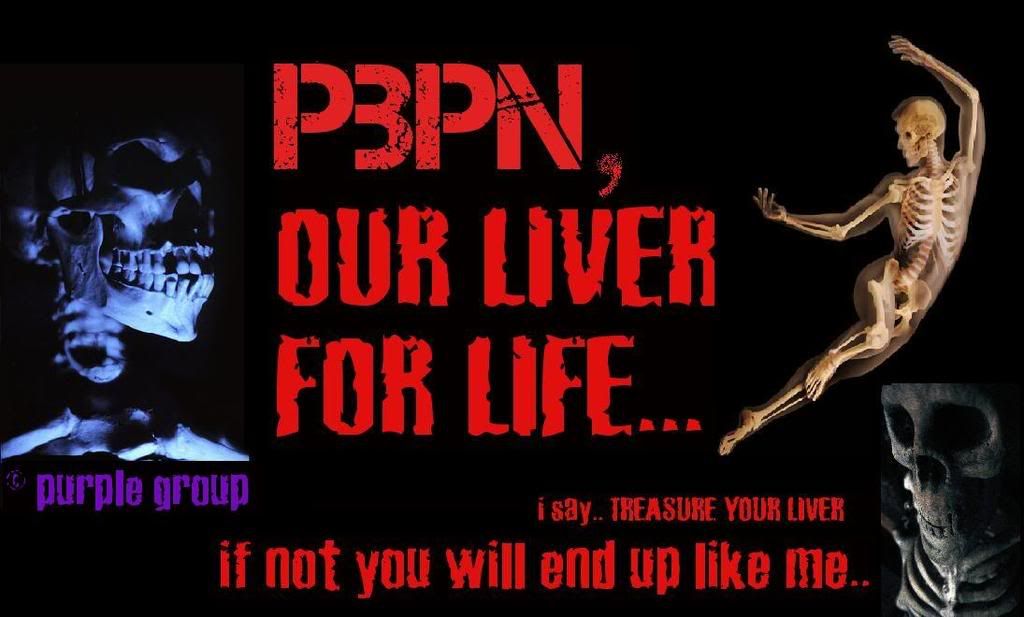
| Friday, February 6, 2009 |
|
2. Causation of Anaphylaxis Anaphylaxis is commonly triggered by food, insect venoms or medication; with a variable proportion of patients experiencing idiopathic anaphylaxis (extensive evaluation fails to identify an underlying cause). In children, food allergy is the common cause, which is responsible for approximately 80% of anaphylaxis reactions identified by the emergency department studies conducted. However, when comparing to children, foods are only implicated in 20-30% of the adults’ anaphylaxis cases. This difference is reflected in mortality statistics: median ages for lethal reactions to foods and to insect venoms or medications are 22–24 years and 55–67 years, respectively (Simon, Raymond and Michael, 2006). Common causes leading to onset of anaphylaxis include: · Foods (e.g. peanuts, tree nuts, eggs, seafood, and dairy products) · Insect stings (commonly honeybee and wasp) · Medications (antibiotics, non-steroidal and anti-inflammatory drugs) · Latex Other causes that are less common include: · Physical triggers (e.g. exercise, cold) · Biological fluids (e.g. transfusions, immunoglobulin, anti-venoms, semen) · Tick bites · Hormonal changes: breastfeeding, menstrual factors · Dialysis membranes (haemodialysis-associated anaphylaxis) · Hydatid cyst rupture · Aeroallergens: domestic/laboratory animals, pollen · Food additives: monosodium glutamate, metabisulfite, preservatives, colours, natural food chemicals · Topical medications (e.g. antiseptics) BY TONG Reference: The Medical Journal of Australia |


